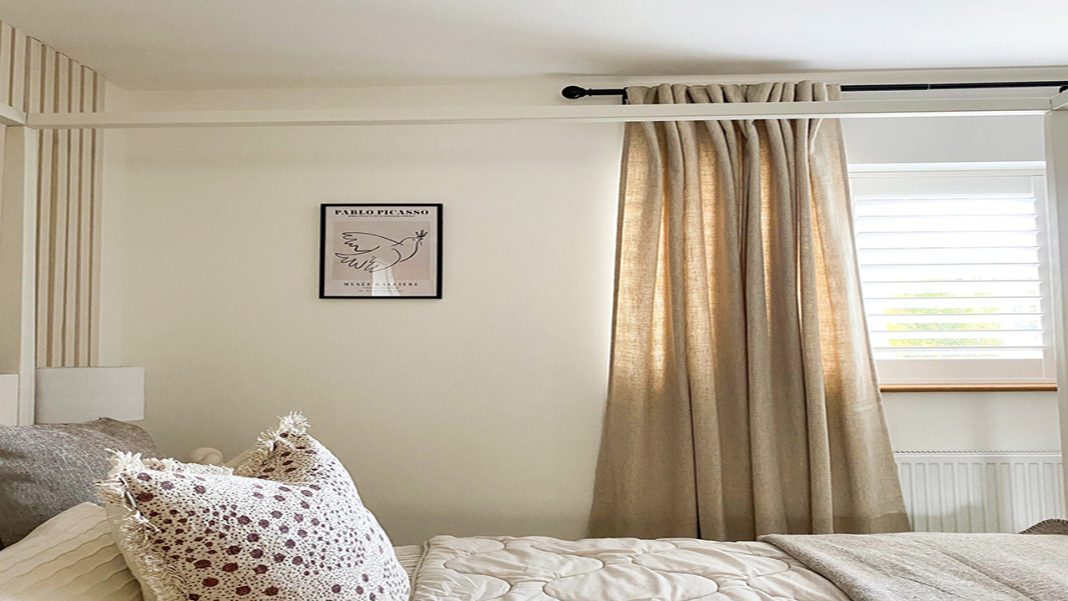Accurate measurements are key when it comes to selecting custom made curtains. Unlike ready-made curtains, custom curtains are designed to fit your windows perfectly, adding both style and functionality to your space. In this guide, we’ll walk you through the essential steps to measure for custom made curtains, ensuring a flawless fit for your home.
Why Accurate Measurements Matter for Custom Curtains
Proper measurements are crucial for achieving the best results with custom made curtains. If measurements are incorrect, you risk wasting fabric or ending up with curtains that don’t fit properly. Custom curtains not only enhance the aesthetic of a room but also provide practical benefits like better light control, privacy, and insulation. Accurate measurements ensure that your curtains function as expected and look elegant in your space.
Tools You’ll Need for Measuring
To begin measuring for custom made curtains, you’ll need a few basic tools:
- Tape measure: Essential for precise measurements.
- Step ladder: Useful for measuring tall windows or ceilings.
- Pen and paper(or a digital device) to note down your measurements.
If you’re measuring large windows or hard-to-reach areas, it’s a good idea to have a friend or family member assist you. This makes the process smoother and more accurate.
How to Measure for Curtain Width
Start by measuring the width of your window. Here’s how to do it:
- Measure the entire width of the window frame (from left to right).
- For custom made curtainsthat will have a fuller look, add 6–12 inches on each side for extra fabric. This ensures the curtains will cover the entire window when drawn and provide a more luxurious appearance.
If you’re measuring for a bay window or a large sliding door, be sure to measure the width at multiple points to ensure consistency.
How to Measure for Curtain Length
Next, you’ll need to measure the length of your curtains. Here’s how to do it:
- For sill-length curtains: Measure from the top of the window frame down to the window sill.
- For floor-length curtains: Measure from the top of the window frame down to the floor. Ensure the curtain length matches the height of your ceiling to achieve a balanced look.
- For puddled curtains: If you prefer a more dramatic look, measure 2–3 inches longer than the floor for a slight “puddle” effect.
Ensure that you decide where you want the curtain rod to be mounted, as this will influence the length measurement.
Considerations for Curtain Mounting
The placement of your curtain rod also plays a significant role in the overall look and fit of your custom made curtains. Typically, curtain rods are mounted directly above the window frame or on the ceiling for a more modern look. Be sure to measure where the rod will go, as this will affect the curtain length and the overall feel of the room.
Double-Check Your Measurements
Once you’ve measured, it’s a good idea to double-check your numbers. Measure each window twice to ensure accuracy. Taking the time to do this will help you avoid common mistakes like ordering curtains that are too short or too wide. If your windows have unique shapes or irregularities, adjust your measurements accordingly.
Common Mistakes to Avoid When Measuring for Custom Curtains
Some common mistakes include:
- Failing to add extra width for fullness.
- Not accounting for rod height when measuring length.
- Forgetting to account for window trim or baseboards.
To avoid these mistakes, follow the steps carefully and make sure your measurements are precise.
Conclusion
Measuring for custom made curtains is a simple yet crucial step in creating the perfect window treatment for your home. By following the outlined steps, you’ll ensure a flawless fit that enhances both the style and function of your space. For expert assistance and a wide selection of fabric options, consider exploring Unicurt for your custom curtain needs.






